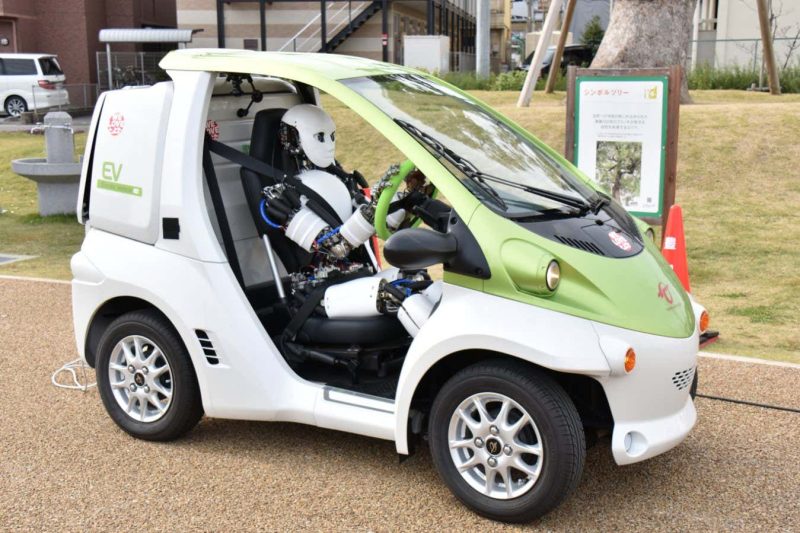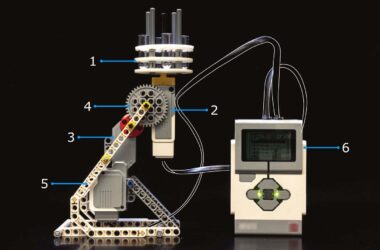A humanoid robotic that may drive a automobile might someday be used as a chauffeur, although its creator concedes that this will likely take at the least 50 years.
Most driverless vehicles work very otherwise to a human driver, utilizing synthetic intelligence and customized mechanical programs to instantly transfer the steering wheel and pedals. This method is way more environment friendly and less complicated than utilizing a humanoid robotic to drive, however additionally it is bespoke for every explicit automobile.
Kento Kawaharazuka on the College of Tokyo and his colleagues have developed a humanoid robotic, referred to as Musashi, that may drive a automobile in the identical manner as a human. It has a human-like “skeleton” and “musculature”, in addition to cameras in every of its eyes and drive sensors in its palms and toes. Synthetic intelligence programs work out what actions are wanted to drive the automobile and react to occasions reminiscent of visitors lights altering color or an individual stepping in entrance of the automobile.
The robotic can solely carry out a restricted vary of driving duties at current, reminiscent of going ahead in a straight line or taking a right-hand flip, transferring at speeds of round 5 kilometres per hour on personal roads. “The pace of the pedal or the rate of the automobile shouldn’t be excessive. Additionally the dealing with of the automobile shouldn’t be quick in comparison with human beings,” says Kawaharazuka.
Musashi is a humanoid robotic that controls a automobile in the identical manner as a humanKento Kawaharazuka et al. 2024
Nevertheless, Kawaharazuka hopes that when the system improves, it is going to be in a position to work in any automobile, which may very well be helpful for when humanoid robots are routinely produced. “I’m not wanting 10 or 20 years sooner or later, however I’m wanting 50 or 100 years away,” he says.
“This examine is probably attention-grabbing for folks growing humanoid robots, however doesn’t inform us a lot about autonomous driving,” says Jack Stilgoe at College School London. “Self-driving vehicles don’t and shouldn’t drive like people. The expertise doesn’t should depend on limbs and eyes so it might probably discover different, safer, extra helpful methods to maneuver by the world, counting on digital maps and devoted infrastructures.”
Matters:












